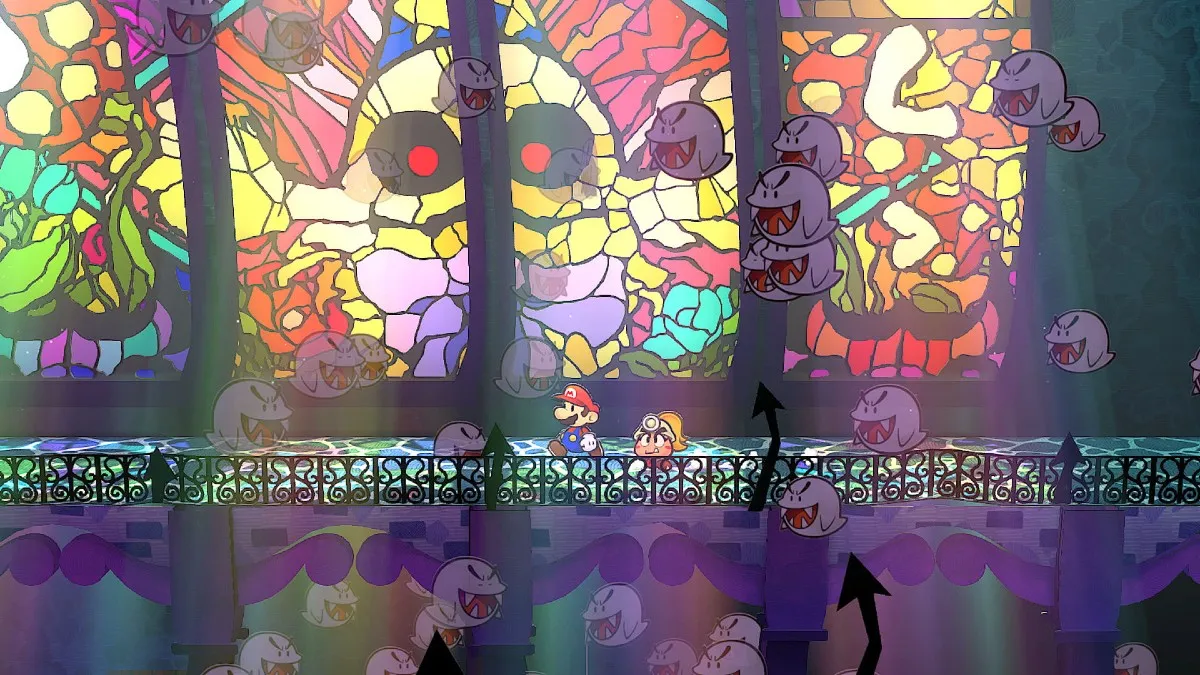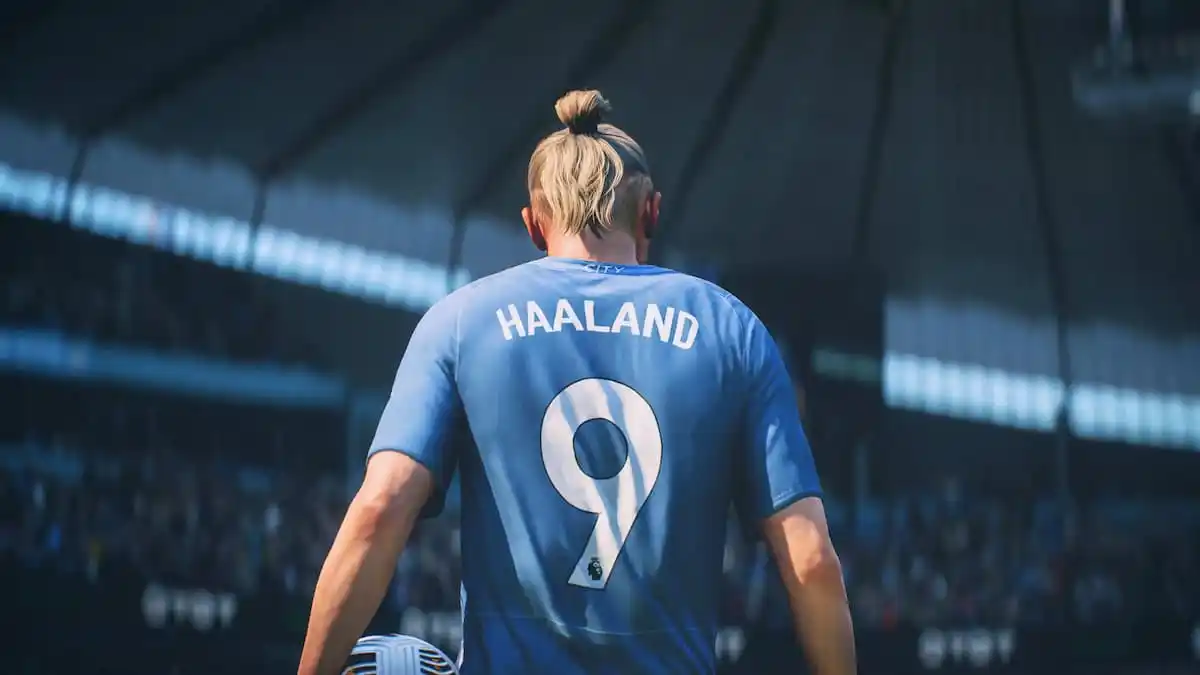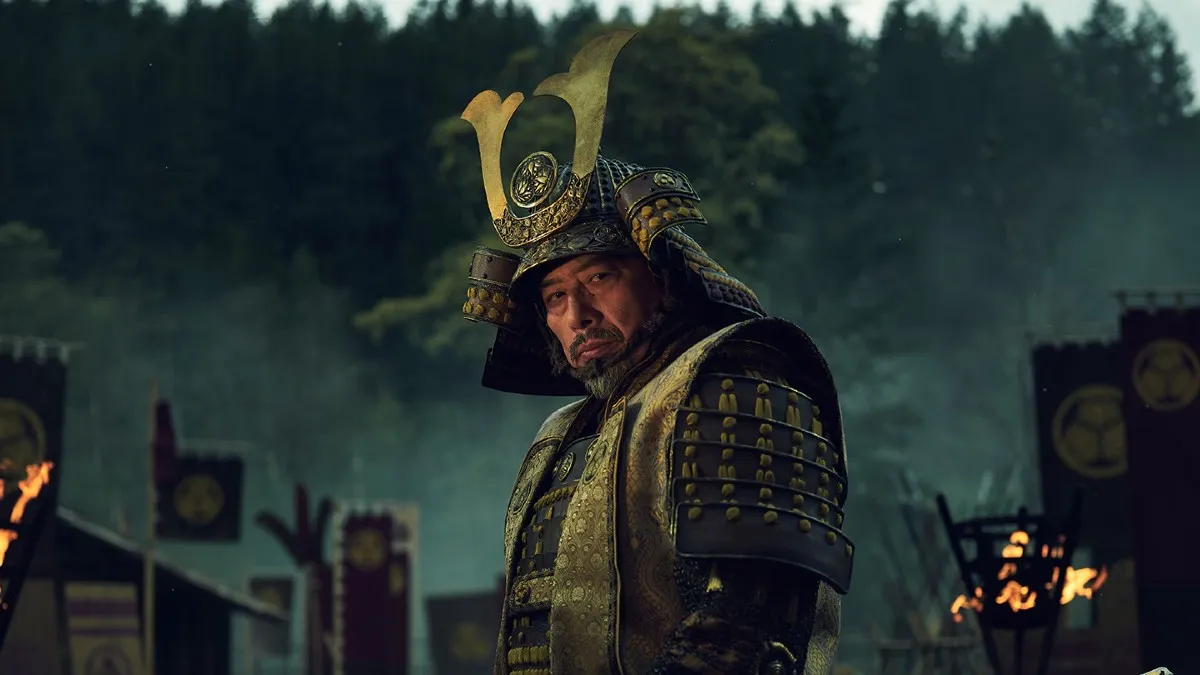For much of this current console generation, Capcom has had one foot in the grave. The developer was once known as the house of genre-defining franchises—Mega Man, Street Fighter II, Resident Evil, Devil May Cry, etc. However, Capcom’s early output for the PS4 and Xbox One seemed to be a far cry from their glory days.
That all seems to have changed by 2018, though, as Capcom exited the 2018 Electronic Entertainment Expo with a trio of strong offerings and the most hype surrounding the publisher in a decade. So what changed, and is it a sign of even better things ahead?
If someone said even two years ago that Capcom would turn heads at E3, skepticism would be the only proper response. Looking at the company’s numerous shortcomings between 2013 and 2017, it’s not hard to see why.

Capcom Then…
Street Fighter V released for PS4 and Steam on Feb. 16, 2016 with a half-baked list of features, and Capcom realized its mistake almost immediately. SFV found a barren middle ground in its efforts to appeal to both casual and hardcore audiences. Simplifying many of its systems made the game far more user-friendly than its demanding predecessor, but it alienated many of its most serious fans who sought the usual depth and complexity expected from a Capcom fighter in the process. Likewise, by focusing solely on its multiplayer elements at the expense of single-player content (it took four months for SFV’s story mode to materialize, and it still sucked), casual fighting game fans found themselves with little to do in between online bouts.
The featureless fighter fell well short of its sales target of 2 million copies in the initial launch window. In fact, it wasn’t until the end of 2017 that SFV finally surpassed 2.5 million units sold. Though the bulk of fans’ criticisms were addressed in 2018’s Street Fighter V: Arcade Edition (the addition of arcade mode and other single-player incentives, new V-triggers, reduced input lag, much-needed balance changes), it’s difficult to argue that the Street Fighter brand wouldn’t be much stronger today if the game had launched in a more complete state.

Dead Rising 4 touted a number of controversial changes when Capcom Vancouver unveiled the game at Microsoft’s E3 2016 press conference. Among those changes were the complete removal of its game timer, which inadvertently stripped Dead Rising 4 of any sense of tension or identity. The timer was at odds with Dead Rising 4’s focus on its enormous open-world environment—featuring three times as many areas to be explored and a third of the fun. Dead Rising 4 had become another shuffling zombie in the crowd, indiscernible from any of the dozens of other open-world zombie survival games on the market. Dead Rising 4 failed to reach half of its three-month sales target, even after six months.

Marvel vs. Capcom: Infinite is perhaps the most egregious of the company’s failures this console generation. A bland visual style, an uninspired cast and a conspicuous lack of X-Men overshadowed its compelling tag mechanics and Infinity Stone system when the game released on Sept. 19, 2017. Three months later, the game had only managed to sell a million copies, half of its 2 million projection. Tournament organizers for EVO, the world’s largest fighting game tournament, chose to leave MVCI out of this year’s main lineup, citing strong competition from other games and a general lack of excitement among the fighting game community. The game’s player base has fallen off precipitously in the months to follow; as of this writing, it has averaged an astoundingly low 21.2 players online on Steam during the past 30 days. That is not a typo.

And who can forget Deep Down, Capcom’s take on the Dark Souls formula with a futuristic twist? It’s actually almost a certainty that, until reading that sentence, you had forgotten about Deep Down. So has Capcom. The dungeon crawler with a multiplayer focus for up to four players was revealed alongside the PlayStation 4 in February 2013. It has not been mentioned since.
But it’s not like things had only begun to go awry for Capcom this console generation. The struggle was at least a decade in the making. The first death knell sounded in 2003 with the departure of producer Yoshiki Okamoto, the grandfather of Street Fighter and Final Fight. Then, a trio of superstar developers—Shinji Mikami (Resident Evil), Hideki Kamiya (Devil May Cry, Okami, Viewtiful Joe), and Atsushi Inaba (producer on many of the aforementioned games, as well as the Ace Attorney and Steel Battalion series)—would leave to form Platinum Games in 2007. Lastly, Keiji Inafune, Mr. Mega Man himself, left Capcom in 2010. This exodus of talent, coupled with an unsuccessful focus on social and mobile games in the years to follow, set the stage for an uphill battle.
Capcom Now

In retrospect, it would be easy to point to Monster Hunter: World as the catalyst for Capcom’s newfound success. As the culmination of 14 years’ worth of lessons and the beneficiary of a perfect storm of circumstances, the game shipped 8 million units across two platforms (with a PC release just around the corner) in just half a year. It is far and away Capcom’s fastest-selling title of all time. Billing itself as a convenient entry point into the storied franchise—and the first stateside console release in eight years that didn’t require an arthritis-inducing control scheme—led to heaps of critical and commercial success.
But an earlier, less profitable title signified the actual turning point in public perception.

Though Resident Evil 7: Biohazard failed to meet its lofty sales expectations, it exemplifies what made Capcom games so special in the past. As a follow-up to RE6, the most critically maligned mainline RE game, many unfair expectations were placed upon it well before it was even released. Early impressions at the game’s E3 2016 reveal drew several comparisons to P.T., Hideo Kojima’s wildly-imaginative haunted house experiment. The found footage approach, the first-person perspective and the overt Texas Chainsaw Massacre homages didn’t help alleviate fears that RE7 was similarly chasing trends.
When RE7 released the following January, though, it was clear that the game not only broke new ground for the franchise, but it also remained remarkably faithful to its roots. Thanks to the wonderful Baker house setting, typewriters, herb mixes, elaborate locking mechanisms and obtuse puzzles, few RE games released this century evoked memories of the old Spencer Mansion quite like RE7.

E3 2018 is compelling evidence that Capcom is more in touch with fans now than ever. It isn’t Mega Man Legends 3, but we are getting an honest-to-God Mega Man game in October that, by all accounts, seems to avoid the pitfalls of its failed rival platformer, Mighty No. 9.

Microsoft trotted out famed director Hideaki Itsuno (Power Stone, Devil May Cry 4, Dragon’s Dogma) for the reveal of Devil May Cry V, a sequel a decade in the making that continues the devil-hunting hijinks of Nero, Dante, and the gang. There’s even a backwater Velma and a Mystery Machine.
And the Resident Evil 2 Remake earned several spots among many a games critic’s Best of Show list, and for good reason. Combining the best of the original trilogy, RE4’s innovations, and the might of the RE Engine that powers both RE7 and DMCV, sounds like the ingredients for a strong foundation.
There’s hesitation to call these signs of life a full-on revival, but it’s exciting to consider what an empowered Capcom could do. With a graveyard full of dormant franchises like Breath of Fire, Onimusha, Darkstalkers, and Rival Schools lying at the company’s feet, and Monster Hunter: World printing money each day, it’s at least safe to say that Capcom is no longer on life support.
This post was originally written by Jonathan Bryant.




